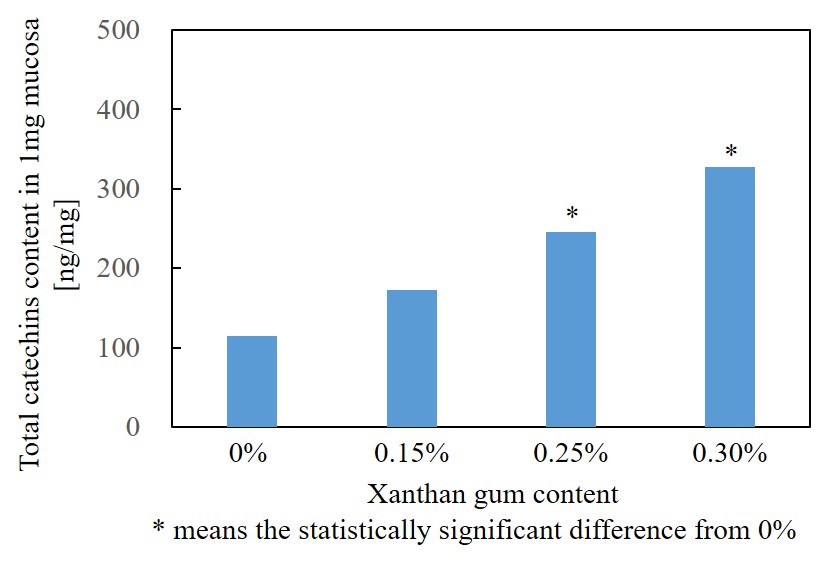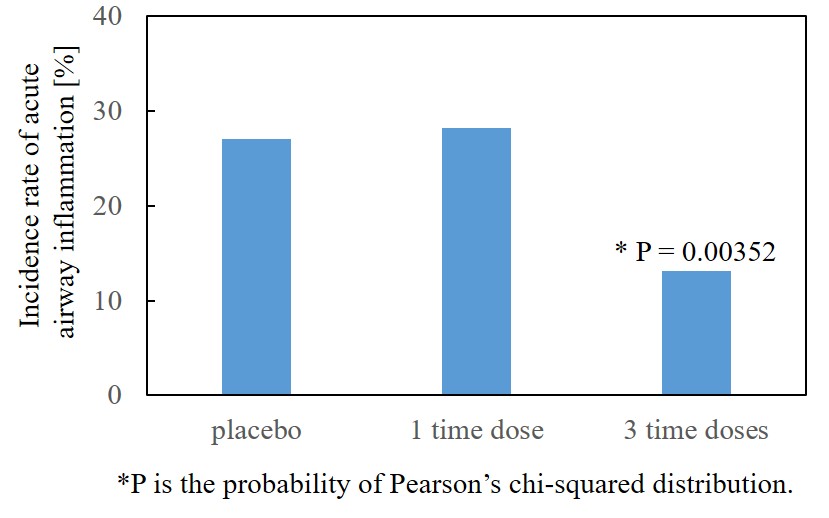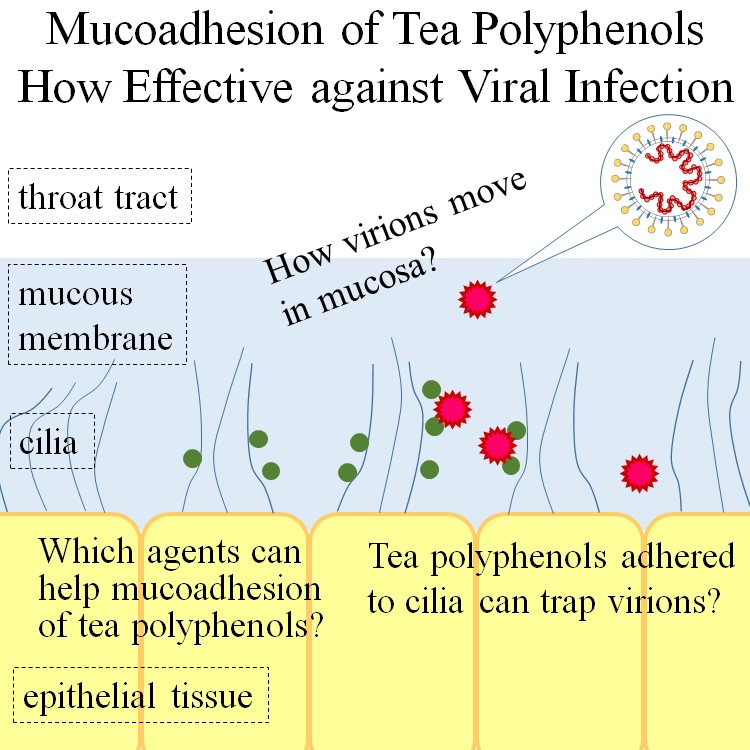“It’s on all of us.”
As the British Chancellor Sunak said repeatedly in his speech, the worldwide viral crisis would be one of the biggest issues mankind has faced. I think we should contribute to the world by something possible for each other against the crisis. Scientists have already contributed their investigations for the measures against the coronavirus crisis. Moreover, the research institutes, organizations, foundations and publishers etc. have opened their knowledges on the worldwide web, including not-peer-reviewed articles. Their great efforts actually contribute to the acceleration of development of vaccines and other countermeasures against the novel coronavirus, I think.
So I’d like to contribute to the progress for overcoming the big viral disaster as an amateur tea-science-lover, even for just a bit. For this purpose, I have introduced the practices actually done in Shizuoka prefecture on the previous posts. In this post, I’d like to introduce some reports related to mucoadhesion of tea polyphenols, which might be a key factor of preventive care against viral infection through mucous membrane to epithelial tissues.
Mucoadhesion of tea polyphenols has been studied for mainly improvement of gastrointestinal intake. Besides, recently Kao Co. Ltd. and Prof. Yamada released the results indicating mucoadhesive tea polyphenols might reduce the infection ratio of influenza, as they published on the webpage of Kao Co. Ltd.
They speculated the importance of mucoadhesion of tea polyphenols based on the in-vitro result of influenza inactivation by tea polyphenols[312] and the cohort study implying the potential effect of tea gargling for prevention of influenza infection[751].
Thus they tested the inactivation of influenza virus in mucin gels as a function of epigallocatechin gallate(EGCg) concentration. We can see the picture of the result that the blue color area in petri dish, indicating active influenza virus, decreases as the EGCg concentration increases, in the webpage of Kao Co. Ltd., where the result is shown in the upper part of page. The result indicates EGCg adhered to mucin, the main component of mucous membrane, could inactivate influenza virus.
Then they tested the adherence of EGCg onto model mucous membrane of throat as a function of xanthan gum concentration. In their test, they analyzed the adsorption of EGCg from the solutions of EGCg mixed with different concentrations of xanthan gum onto the model mucous membrane. The adsorption of EGCg onto the model mucous increased according to the increment of xanthan gum concentration.

As reported by many investigations, xanthan gum is expected to enhance active agents to adhere to mucous and actually effective for promoting mucoadhesion.
In their subsequent clinical trial cooperated with some nursing homes, the ratio of throat inflammation, including common cold and influenza, was reduced significantly by the 3-times oral administration of the mixture of tea polyphenols and xanthan gum.

The result might indicate that xanthan gum help mucoadhesion of tea polyphenols, resulting in the prevention of influenza infection and suffering common cold.
Based on the result that the 1-time oral administration of tea polyphenols solution mixed with xanthan gum could not be effective statically, the frequency of oral administration of tea polyphenols might be important for its efficacy. Considering mucociliary clearance [773], the efficacy of frequent administration would be consistent to the imagination of the phenomena.

Schematic drawing of my speculation about mucoadhesion of tea polyphenols against viral infection.
In 2020, Onishi et al. reported that mucoadhesion of tea polyphenols onto pharyngeal mucosa could reduce influenza infection by the in-vivo experiment using mice [772].
I hope these investigations done by tea researchers in Japan could contribute significantly to overcoming the coronavirus disaster as one of the international collective efforts.
< References >
[312] Nakayama M., Suzuki K., Toda M., Okubo S., Hara Y., Shimamura T. (1993) : Inhibition of the Infectivity of Influena Virus by Tea Polyphenols, Antiviral Res. 21(4):289-299.
[751] Yamada H., Takuma N., Diamon T., Hara Y. (2006) : Gargling with Tea Catechin Extracts for the Prevention of Influenza Infection in Elderly Nursing Home Residents: A prospective clinical study, The Journal of Alternative and Complementary Medicine, 12(7):669-672.
[772] Onishi S., Mori T., Kanbara H., Habe T., Ota N, Kurebayashi Y., Suzuki T. (2020) : Green tea catechins adsorbed on the murine pharyngeal mucosa reduce influenza A virus infection, Journal of Functional Foods 68.
[773] Gizurarson S. (2015) : The Effect of Cilia and the Mucociliary Clearance on Sccessful Drug Delivery, Biological and Pharmaceutical Bulletin, 38:497-506.
